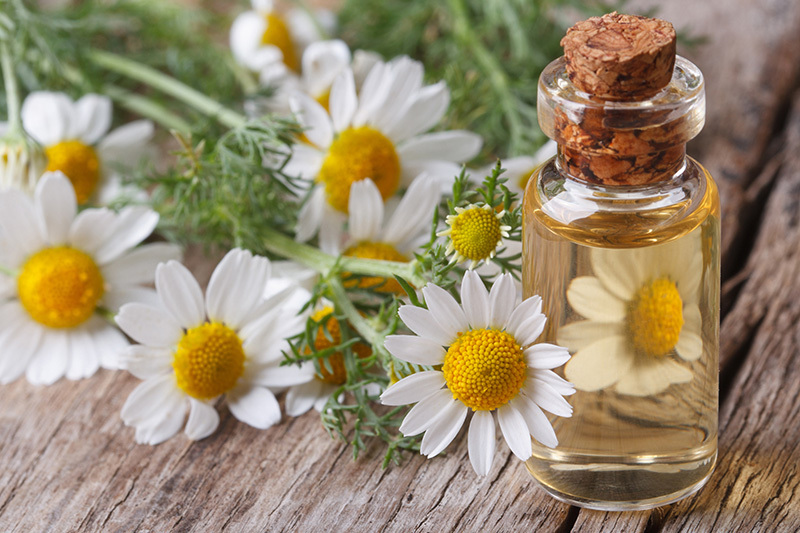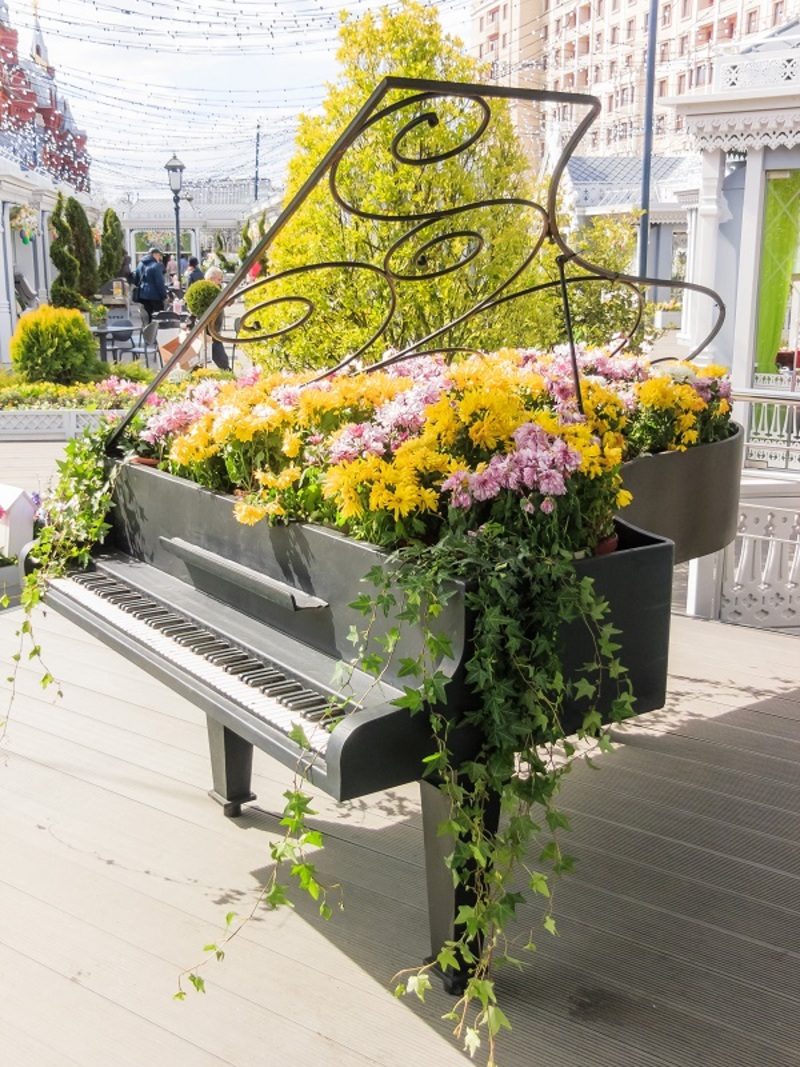Garden Symphony: Floral Invitations for Bees to Buzz On In
In the delightful world of gardening, there is a captivating dance of colors, scents, and life happening right outside your door. This dance is a vibrant symphony of nature, led by the buzzing melodies of bees. Bees are not just visitors in gardens; they are vital pollinators that play a crucial role in biodiversity and food production. Creating a bee-friendly garden filled with floral invitations is a sustainable way to support these essential creatures. Welcome to the charming garden symphony--a floral tapestry designed to entice bees to buzz on in!
Understanding the Importance of Bees in Gardens
Before diving into how to attract bees, understanding their significance is key. Bees are responsible for the pollination of a majority of the crops and flowers that make up our food supply and ecosystems. Without their diligent work, many fruits, vegetables, and nuts would cease to exist, severely disrupting the food chain and agricultural economy. Additionally, their presence in gardens helps create a biodiverse environment that supports other wildlife.

Designing a Bee-Friendly Garden Space
Crafting a garden that serves as a haven for bees requires thoughtful planning and creativity. Here are some essential elements to consider:
- Varied Bloom Times: Select a variety of plants that bloom during different seasons, ensuring bees have a consistent source of nectar and pollen throughout the year.
- Diverse Flora: Incorporate a range of flowers in various shapes, sizes, and colors. Bees are particularly attracted to blue, violet, and yellow hues.
- Native Species: Opt for native plants which are best suited for local bees and adapted to thrive in regional climates and soil conditions.
- Water Sources: Provide shallow sources of water for bees to drink. A small bowl with pebbles or a birdbath can serve this purpose well.
- Pesticide-Free Zones: Avoid the use of chemical pesticides that can harm bees. Instead, use organic and natural gardening methods for pest control.
Top Floral Invitations for Attracting Bees
When selecting flowers to invite bees into your garden, consider those rich in nectar and pollen. Here's a breakdown of some popular choices:
Spring Blooms
- Crocuses - These early bloomers are among the first to offer a nectar feast for hungry bees emerging from winter.
- Daffodils - Known for their cheerful yellow flowers, they offer both beauty and resources for bees.
- Fruit Trees (e.g., cherries, apricots) - Beyond providing delicious fruits, these trees also support bees with their fragrant blossoms.
Summer Blooms
- Lavender - Famed for its calming scent and purple blooms, it is a magnet for pollinators.
- Sunflowers - With their towering presence and pollen-rich centers, they are a favorite for bees and gardeners alike.
- Salvia - A diverse genus offering various colors, their tubular flowers provide ample nectar.
Autumn Blooms
- Asters - Vital late-bloomers that keep bees foraging well into the fall.
- Sedum - Their succulent foliage and simple care requirements make them perfect for autumn gardens.
- Goldenrod - Often misunderstood as an allergen, it actually helps support bees preparing for winter.
Creating a Safe Environment for Bees
Beyond planning blooms, ensuring your garden provides a safe environment for bees is paramount. Here's how to create an optimal habitat:
- Natural Shelter: Leave some areas of your garden a bit wild, with natural debris like sticks or leaves, to serve as bee habitats.
- Bee Hotels: Construct or purchase bee hotels to house solitary bees which make up a large portion of the bee population.
- Avoid Disturbance: Minimize disruption of bee nesting sites, especially in ground areas where solitary bees may burrow.
- Plant Variety: Include a mix of annuals, perennials, and trees to provide diverse resources and habitats.

Engaging with Your Garden Symphony
Now that you've composed a symphony that beckons bees with floral notes, engage with your garden by observing the interactions within. Watching bees flit from flower to flower can offer a serene and educational experience, deepening your connection with nature.
Consider journaling about your gardening journey, noting which plants are attracting the most bees and how the population changes throughout the seasons. Share your experiences and knowledge with community members to encourage wider bee-friendly practices.
Conclusion
Creating a bee-friendly garden is more than a hobby; it's a vital contribution to preserving our ecosystem. By inviting bees with strategic floral choices and nurturing safe habitats, we uphold our part in this intricate symphony of life. As you watch these industrious pollinators dance among your blooms, you'll be enveloped in the reward of knowing you're helping to sustain the planet's biodiversity.
So grab your gardening gloves, plant those floral invitations, and let the garden symphony play, drawing bees in to buzz along harmoniously with you!

